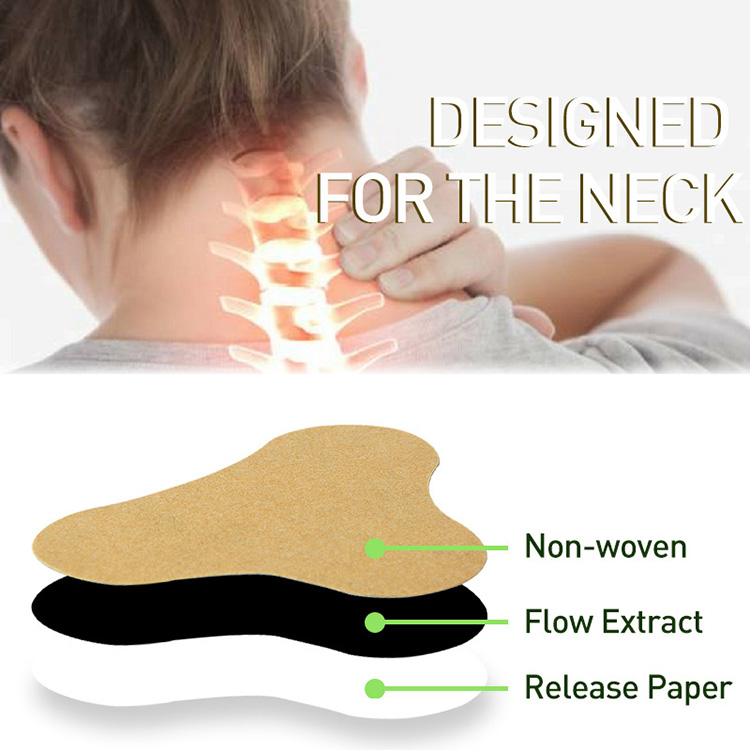Pain Relieving Patches: Safe Usage During Pregnancy and Breastfeeding
2024-02-26
Pregnancy and breastfeeding are times of heightened concern for women regarding the safety of medications and treatments they use. Pain relieving patches, which offer localized relief for discomfort, are a popular option for managing pain. However, many women wonder whether these patches are safe to use during pregnancy or while breastfeeding. In this blog, we'll explore the safety considerations surrounding the use of pain relieving patches during pregnancy and breastfeeding, providing insights to help women make informed decisions about their pain management.
Understanding Pain Relieving Patches:
Pain relieving patches contain active ingredients such as analgesics, anti-inflammatories, or numbing agents, which are absorbed through the skin to provide localized relief at the site of pain. While these patches are generally safe for most individuals, it's important to consider their safety during pregnancy and breastfeeding due to potential risks to the developing fetus or nursing infant.
Safety During Pregnancy:
During pregnancy, women are often cautious about the medications and treatments they use to ensure the safety of their unborn child. When it comes to pain relieving patches, certain considerations apply:
- Risk of Systemic Absorption: Some active ingredients in pain relieving patches may be absorbed systemically and could potentially cross the placenta, exposing the fetus to medication. While the risk of systemic absorption is generally low with topical patches, it's still important to exercise caution.
- Consultation with Healthcare Provider: Pregnant women should consult with their healthcare provider before using pain relieving patches to assess the potential risks and benefits. Healthcare providers can provide personalized guidance based on individual circumstances and recommend safer alternatives if necessary.
- Avoidance of Certain Ingredients: Some ingredients commonly found in pain relieving patches, such as nonsteroidal anti-inflammatory drugs (NSAIDs) like diclofenac or ibuprofen, may be contraindicated during pregnancy due to potential adverse effects on the developing fetus. Pregnant women should carefully review the ingredients list and avoid patches containing these substances.
Safety While Breastfeeding:
Breastfeeding mothers also need to consider the safety of pain relieving patches for both themselves and their nursing infants:
- Risk of Transfer to Breast Milk: While the risk of medication transfer to breast milk through the skin is generally low with topical patches, it's still important to be cautious. Certain medications may pass into breast milk and potentially affect the nursing infant.
- Consultation with Healthcare Provider: Breastfeeding mothers should consult with their healthcare provider before using pain relieving patches to ensure they are safe for both mother and baby. Healthcare providers can provide guidance on suitable options and recommend alternative treatments if necessary.
- Avoidance of Certain Ingredients: Similar to during pregnancy, breastfeeding mothers should avoid patches containing ingredients that may be harmful to the nursing infant. NSAIDs and other potentially harmful substances should be avoided.
Conclusion:
In conclusion, while pain relieving patches offer localized relief for discomfort, it's important for pregnant and breastfeeding women to exercise caution and consult with their healthcare provider before using them. By discussing potential risks and benefits with a healthcare provider and carefully reviewing ingredients lists, women can make informed decisions about pain management during pregnancy and breastfeeding while prioritizing the safety of themselves and their children. As always, it's essential to prioritize safety and follow medical advice to ensure the well-being of both mother and baby.



